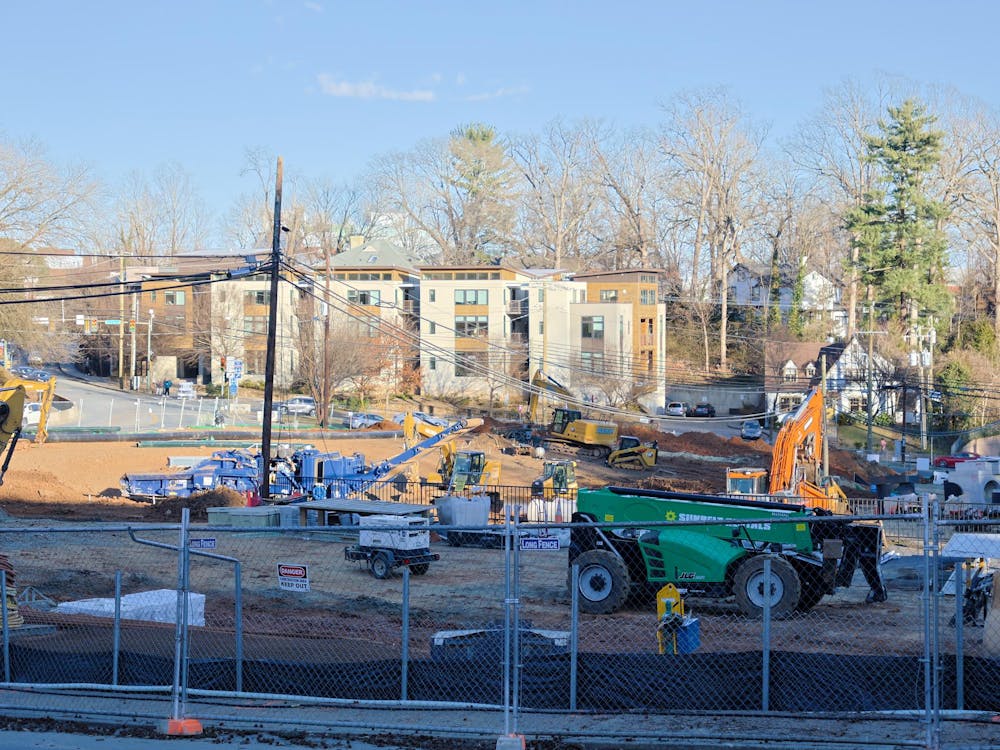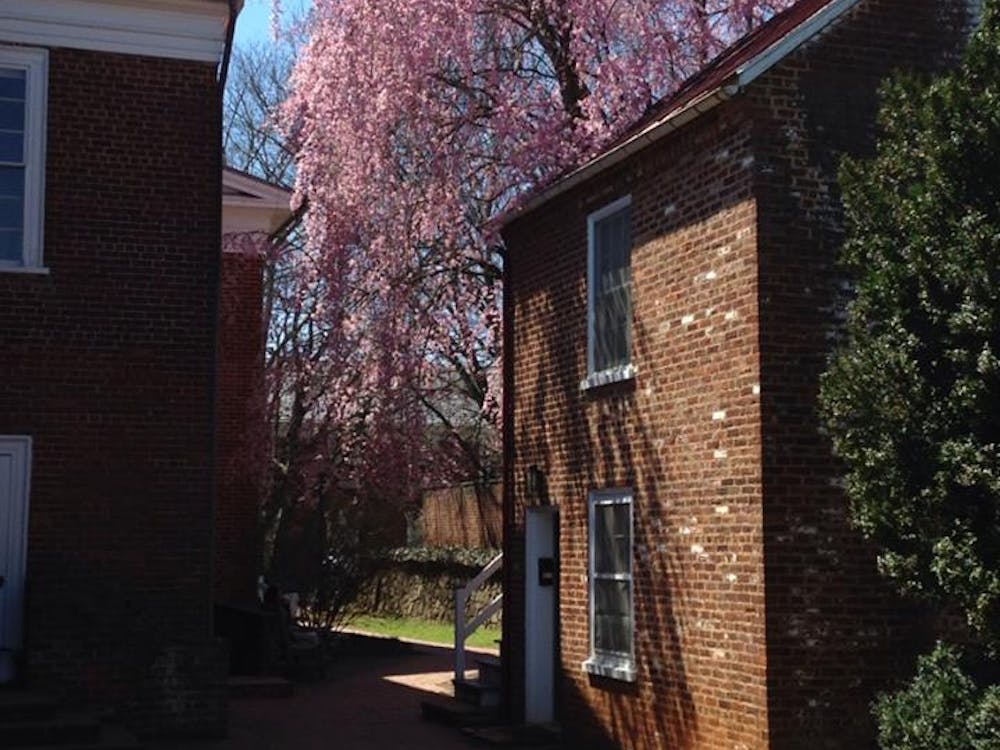THE KALEIDOSCOPE Center for Cultural Fluency was born out of an effort headed by Minority Rights Coalition (MRC) leaders to facilitate cross-cultural dialogue. The project was taken up in the wake of a racially-charged year that included a biased incident against Student Council candidate Daisy Lundy. First envisioned as a “diversity resource space,” the Kaleidoscope has since become another reservable room in Newcomb Hall — the initial goal having been diluted over the years. Part of this can be attributed to a past divergence in leadership of the MRC, the Kaleidoscope and the Cultural Programming Board, which has created inefficiency and disorganization.
To address this shift, the MRC has been given a more central role in promoting quality cultural programming through leadership in the Cultural Programming Board (CPB) and more recently, the project to revamp the currently under-used Kaleidoscope. By bringing together and centralizing these three, the lack of efficiency and innovative programming can be addressed. Our primary recommendations are: firstly, transform the Kaleidoscope into a work space that identity-based CIOs under the MRC (broadly defined as the six constituents and the groups they represent) use regularly; and secondly, place Kaleidoscope reservations under the purview of the Kaleidoscope Internship Program.
The goal of the Kaleidoscope renovation project is to encourage a more appropriate use of the space. In alignment with the goals of the CPB, the Kaleidoscope will become a strategic center for innovative programming that explores the multiple intersections between communities and promotes new ways of thinking about culture and inclusiveness. These changes will address an important critique of the MRC that points to the disconnect between the six “representative” identity- and advocacy-based groups and the lived realities of minority students at the University. While a one-stop multicultural center would not be an end-all solution to this difficult problem, the coordination that the Center would provide would be a marked improvement. We imagine a Kaleidoscope that serves as a headquarters for the services that the MRC and similar student groups provide on behalf of the administration, such as the student-run peer mentoring programs and leadership development programs.
Our goal is to transform the Kaleidoscope into a true multicultural resource center in the long run that would house the MRC organizations. As it stands, each of the MRC groups meets in scattered areas across the University: Alianza in the Office of the Dean of Students, Queer Student Union in the Wesley Foundation, the Black Student Alliance in Tuttle lounge and other first-year areas, etc. Although an argument can be made for how the current set-up encourages interactions that perhaps would not be possible if a central meeting space was created, we believe that there is more to be gained from the sharing of one organized meeting space. The Kaleidoscope has the potential to become this common ground.
In the future, the expansion of the Kaleidoscope will include computers, printers and other organizational needs. Such a space would be different from the Student Activities Center because it would focus on community-building and empowerment of marginalized groups. The need for this “safe space” must not be overlooked, since the focus of the MRC constituents is to recruit and retain minority students.
Although the Kaleidoscope Internship Program is currently inactive, it holds the potential of developing the innovative cultural programming that should be taking place in the Kaleidoscope. Part of this shortcoming in the past can be attributed to the lack of the collaboration between the Program and the MRC. With a central space or the multiple underrepresented communities and the Program, more effective programming can take place. Additionally, by having the Kaleidoscope Internship Program in charge of reservations for the Kaleidoscope as a programming space, CIOs will have a resource on hand not simply for logistical support but also for refining and augmenting content.
As we continue to centralize and make these three components more efficient, we hope the integration will provide a solid base for new ways of thinking around race, gender and sexuality and socioeconomic issues. With these improvements, the Kaleidoscope will be better serve the student body.
Carlos Oronce and Bernice Ramirez are co-chairs of the Minority Rights Coalition.






